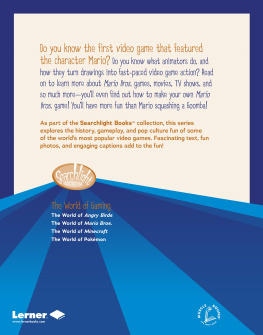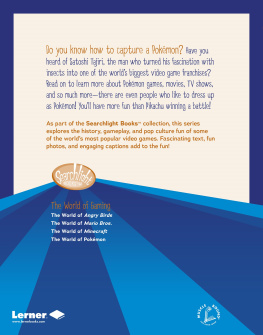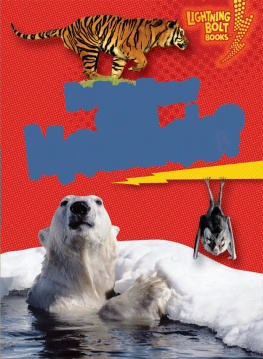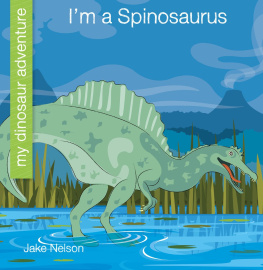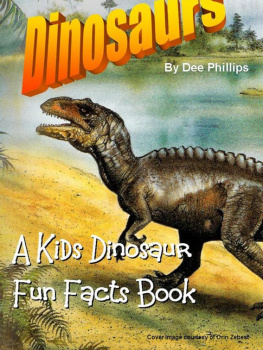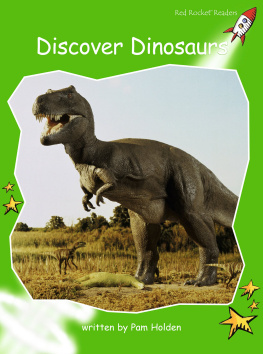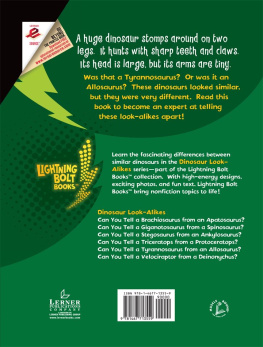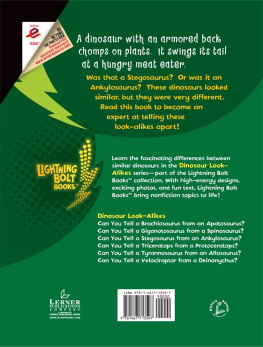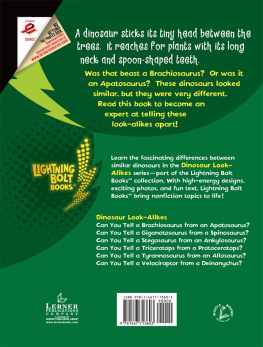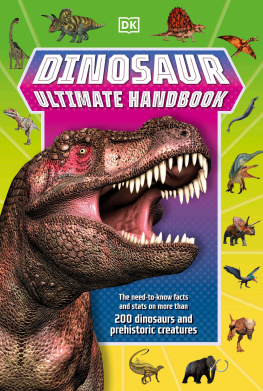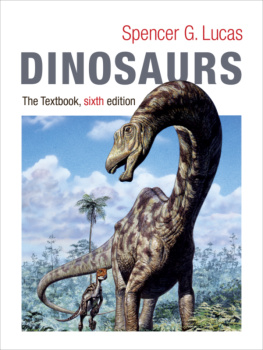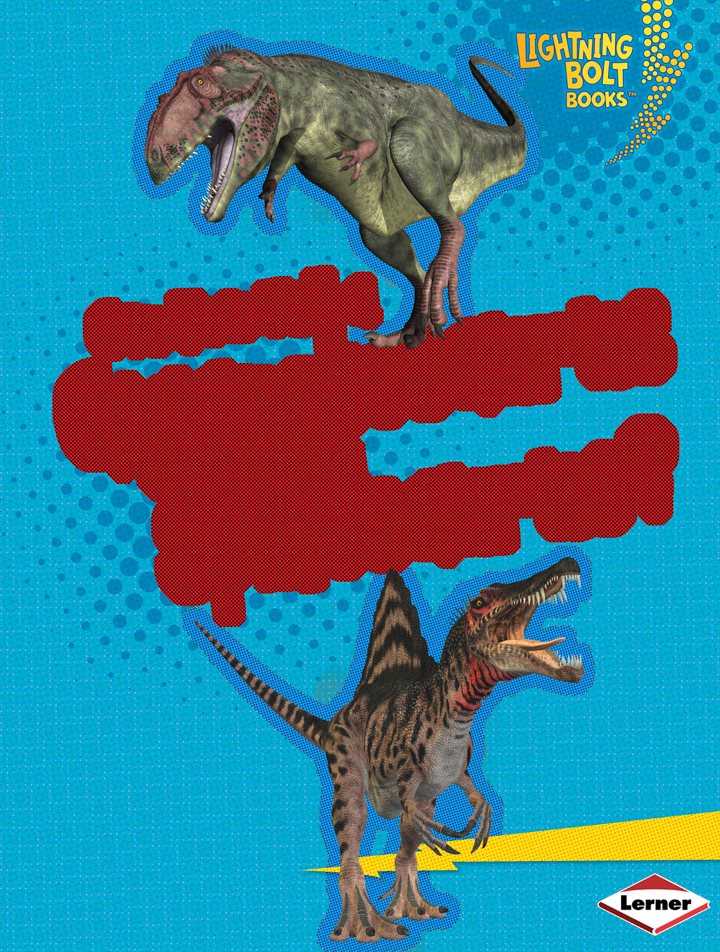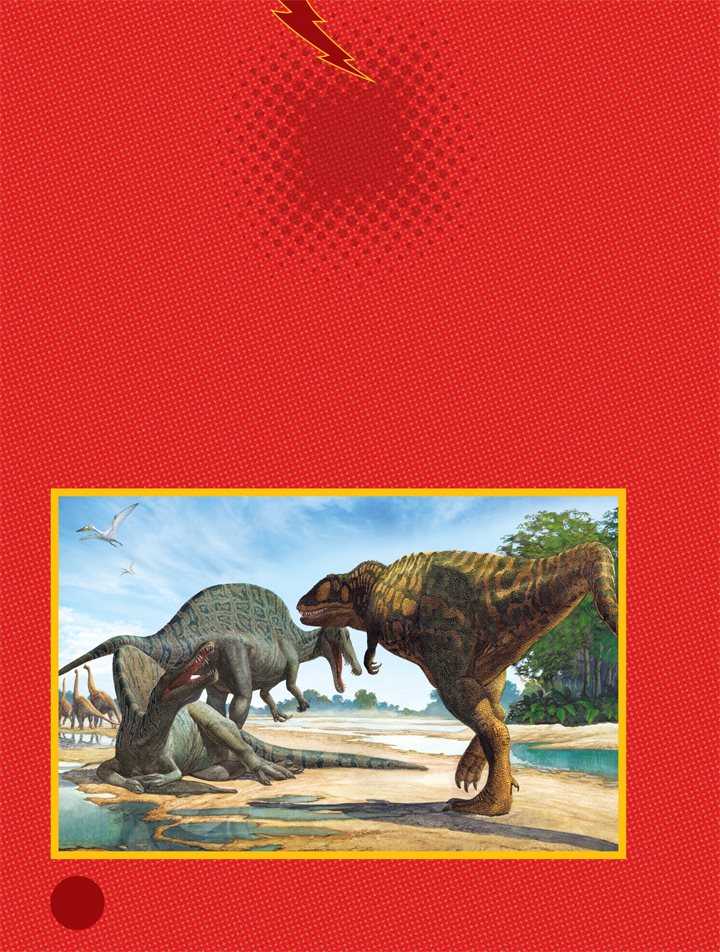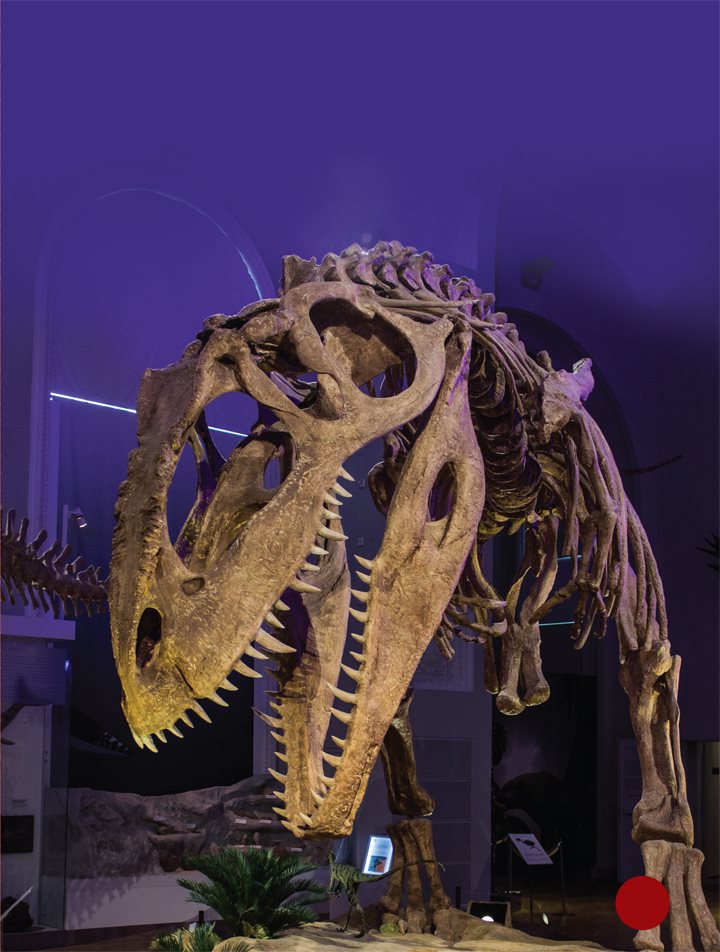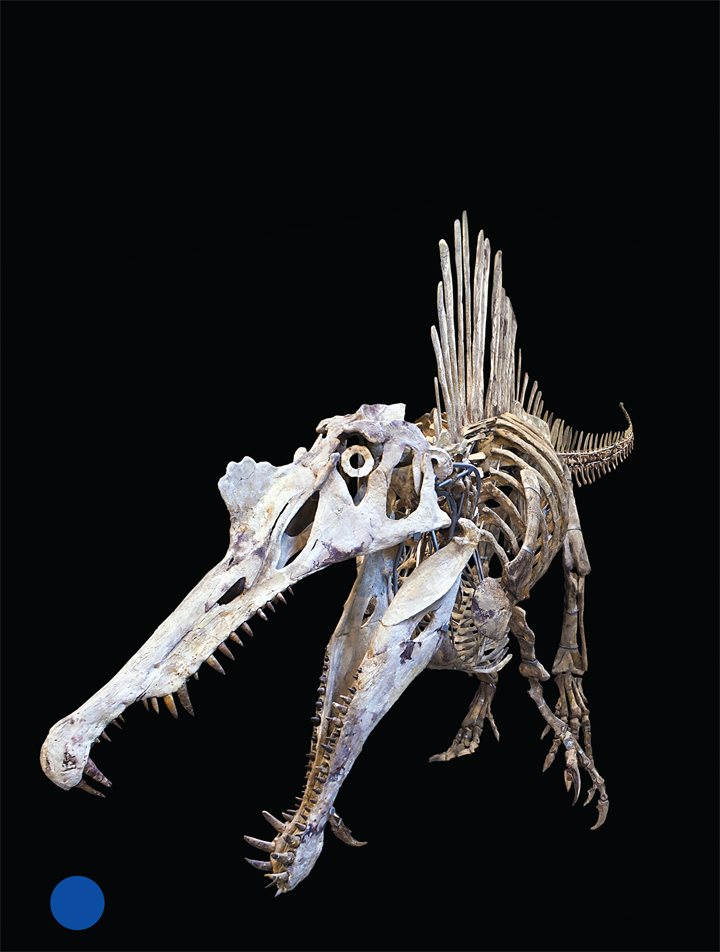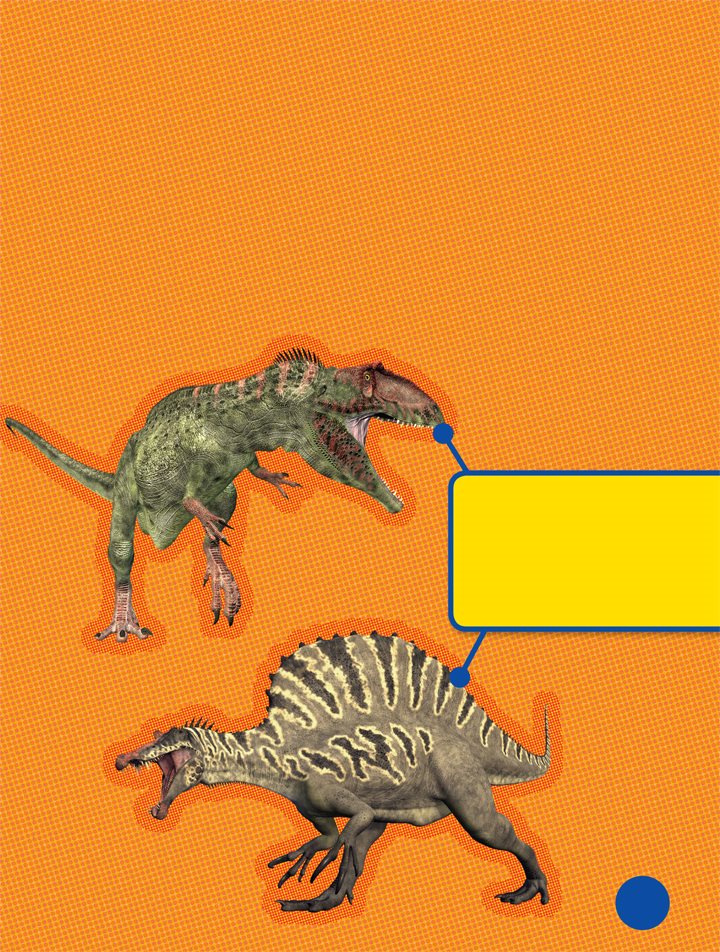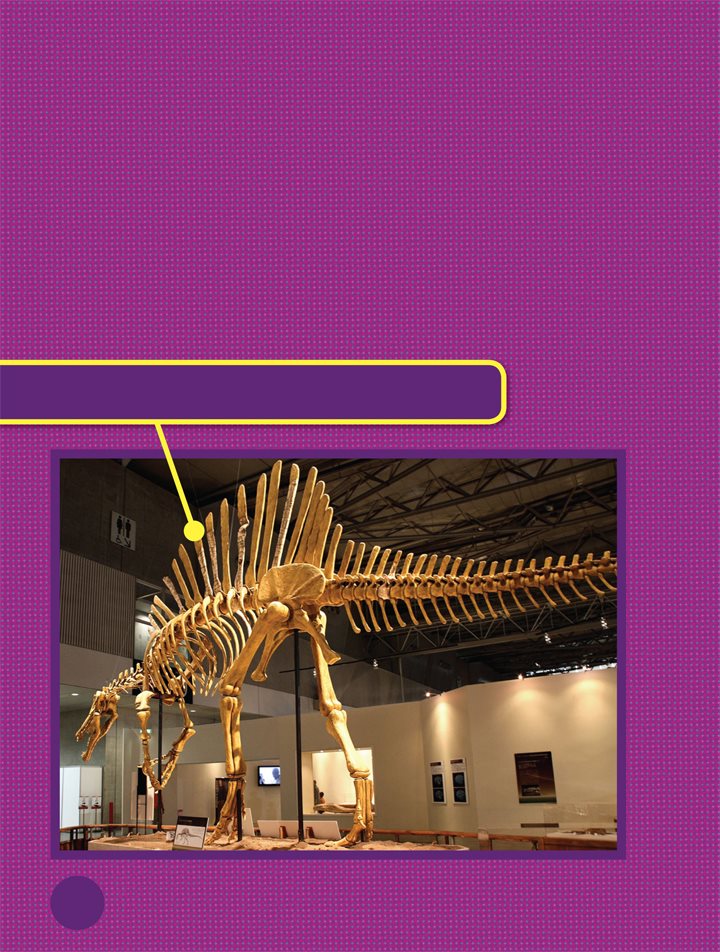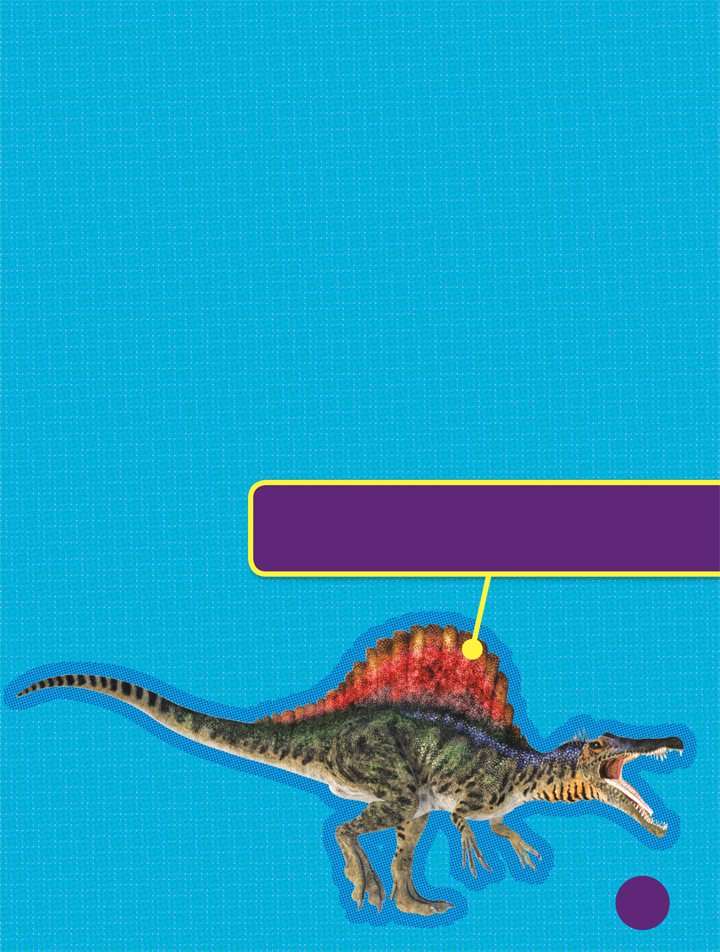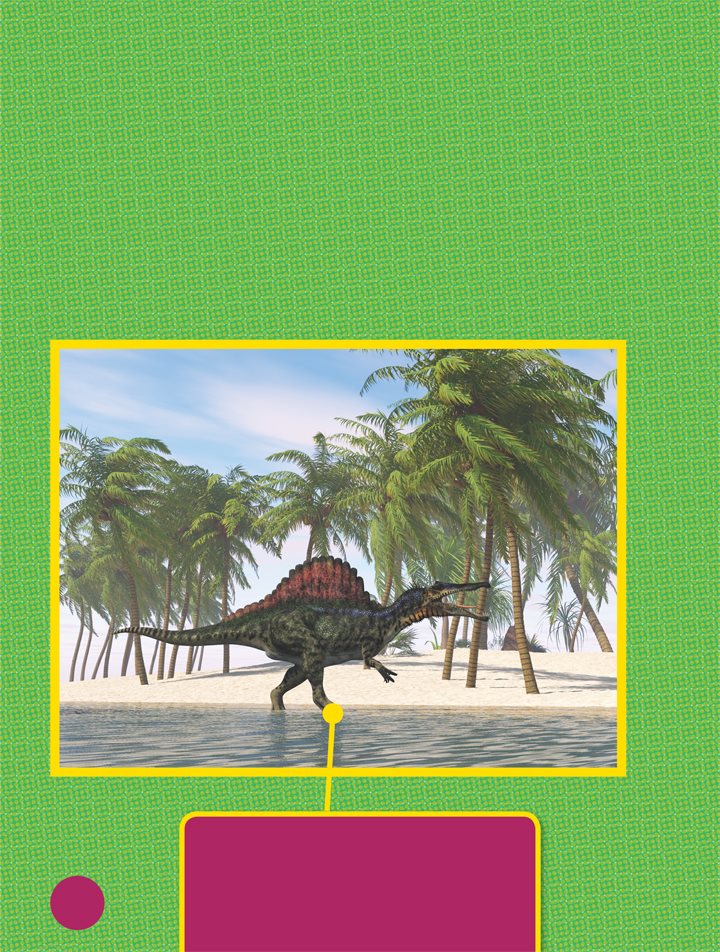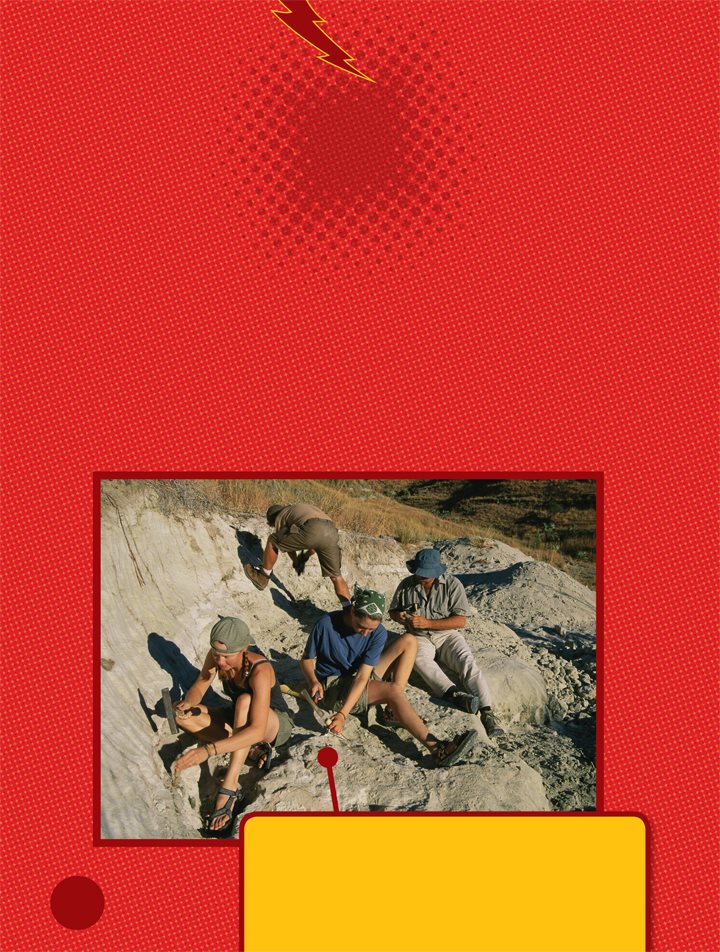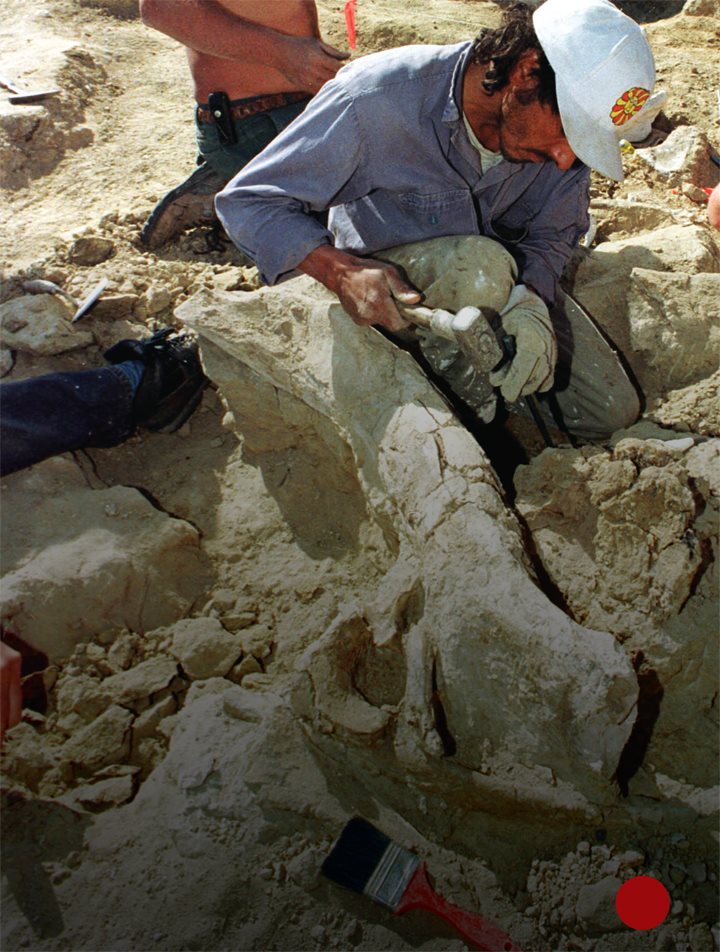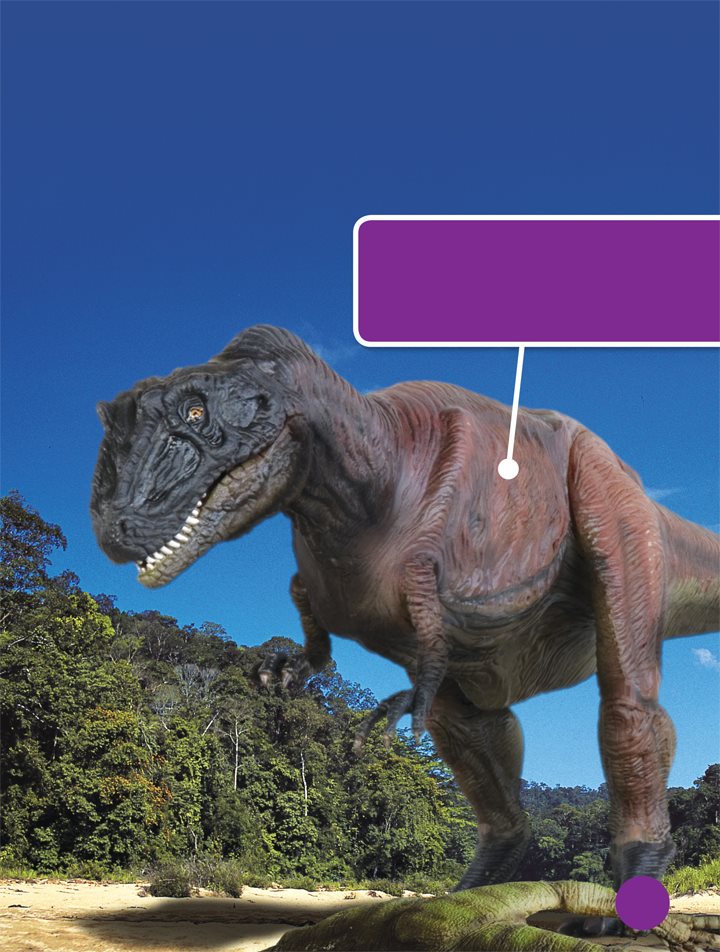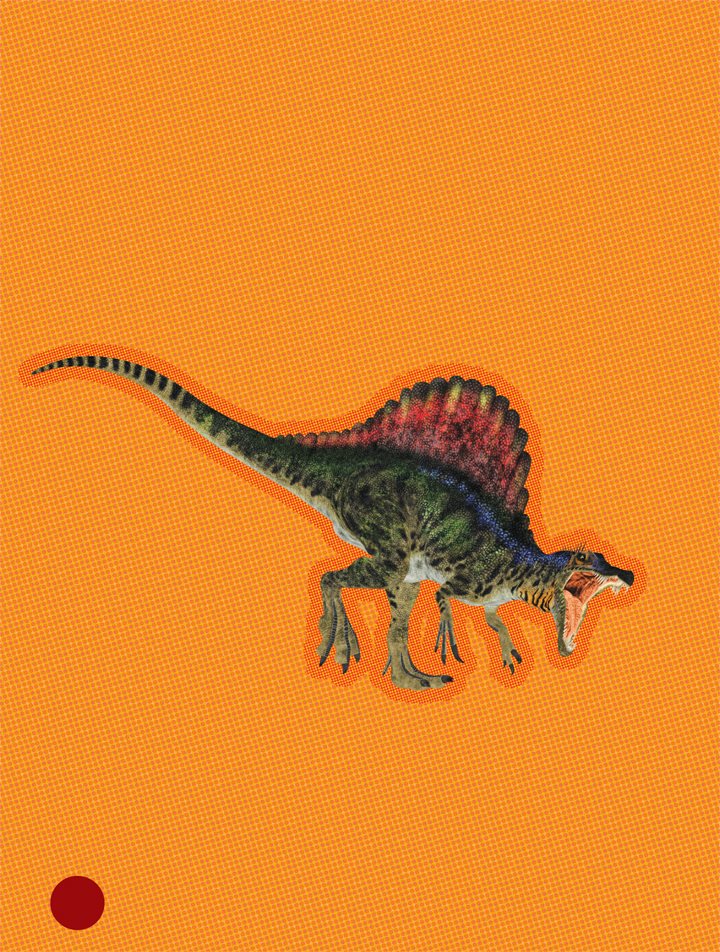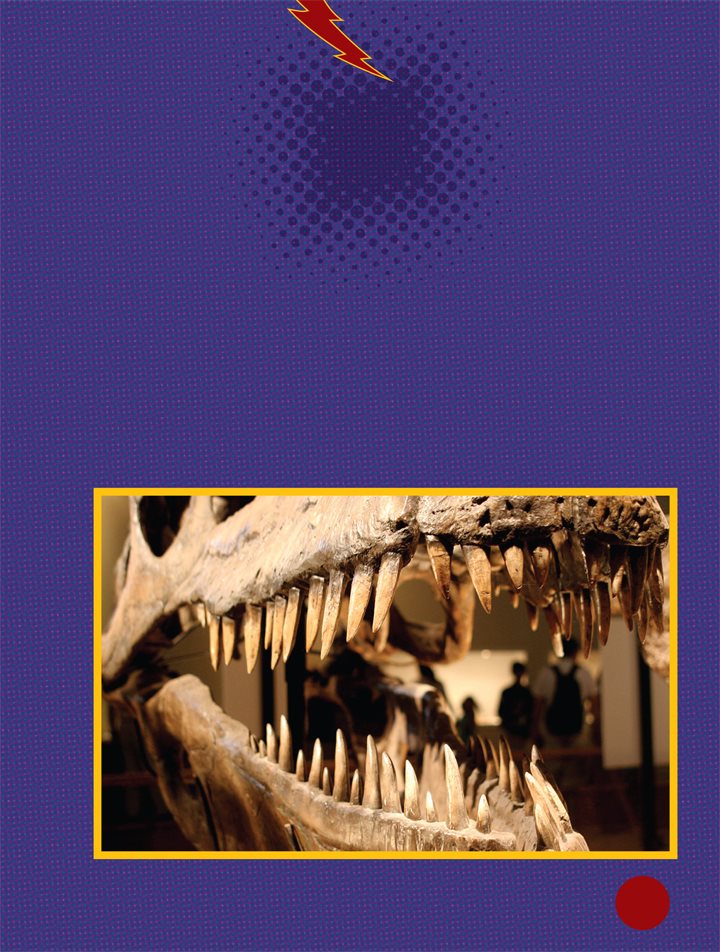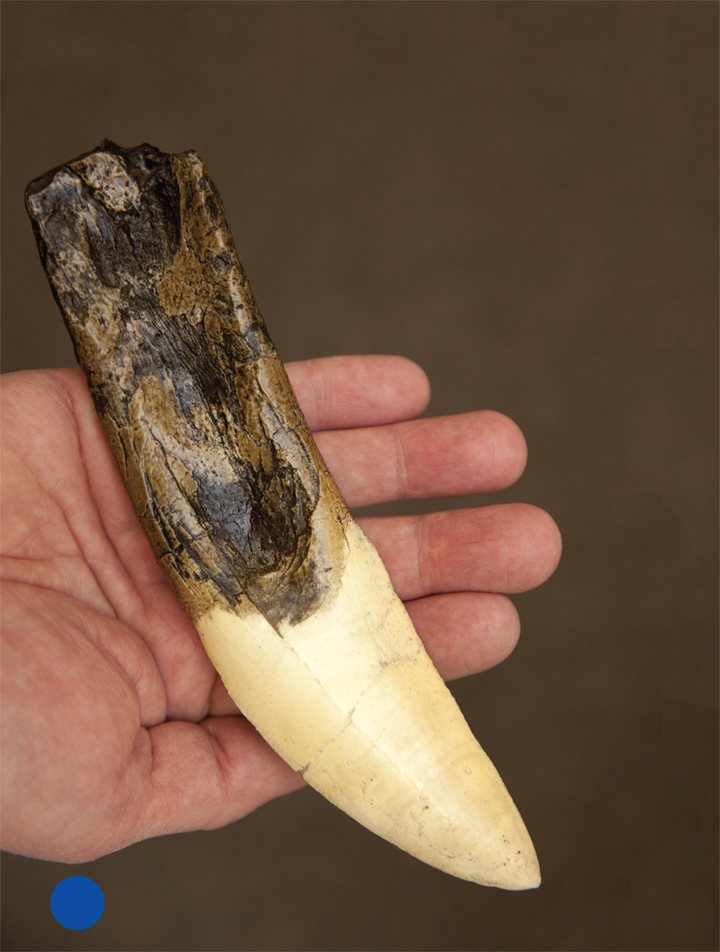Can You Tell a
Giganotosaurus
from a
Spinosaurus?
Buffy Silverman
Buffy Silverman
Lerner Publications Company
Minneapolis
Copyright 2014 by Lerner Publishing Group, Inc.
All rights reserved. International copyright secured. No part of this book may be reproduced,
stored in a retrieval system, or transmitted in any form or by any meanselectronic, mechanical,
photocopying, recording, or otherwisewithout the prior written permission of Lerner Publishing
Group, Inc., except for the inclusion of brief quotations in an acknowledged review.
Lerner Publications Company
A division of Lerner Publishing Group, Inc.
241 First Avenue North
Minneapolis, MN 55401 U.S.A.
Website address: www.lernerbooks.com
Library of Congress Cataloging-in-Publication Data
Silverman, Buffy.
Can you tell a giganotosaurus from a spinosaurus? / by Buffy Silverman.
pages cm. (Lightning Bolt BooksDinosaur Look-Alikes)
Includes index.
ISBN 978-1-4677-1358-0 (library binding : alkaline paper)
ISBN 978-1-4677-1756-4 (eBook)
1. GiganotosaurusJuvenile literature. 2. SpinosaurusJuvenile literature. 3. Dinosaurs
Juvenile literature. I. Title.
QE862.S3S4834 2014
567.912dc23
2012047849
Manufactured in the United States of America
1 BP 7/15/13
Table of Contents
Dino
Diagrams
Giant
Hunters
Dinosaurs roamed Earth
millions of years ago. Most
dinosaurs ate plants. Others
hunted animals.
The largest hunting dinosaurs
belonged to a group called
theropods. Theropods walked
on two legs.
Their sharp claws
helped them grab
other creatures.
Their sharp teeth
tore up food.
Giganotosaurus and Spinosaurus
were two of the largest
theropods. They both had tiny
arms and big bodies. But you
can tell these dinosaurs apart.
Which theropod is
a Giganotosaurus?
Which is a
Spinosaurus?
Spinosaurus was named for
the tall spines on its back.
Skin probably covered these
spines. The spines formed a
hump called a sail.
Spinosaurus means spiny lizard.
Scientists are not sure why
Spinosaurus had a sail. But
they have a few ideas.
Spinosaurus spread its sail
like a giant fan.
Its sail
made the dinosaur look
even bigger.
So maybe the
sail kept enemies away.
Spinosauruss sail might have been
brightly colored to attract a mate.
Spinosauruss sail might have
soaked up sunlight on cool
mornings.
The sail could
have helped it lose heat
on hot days.
Spinosaurus lived in North
Africa. The days were hot,
and the nights were cool.
Giganotosaurus
lived in South
America.
Giganotosaurus
did not have a sail
on its back. But
it was also huge.
Its name means
giant lizard of
the south.
Who Was
the Biggest?
People learn about dinosaurs
by studying fossils. Fossils are
the remains of animals that
lived long ago.
Bones become fossils when
they are buried in sand or mud.
Tracks can also become fossils.
Have you ever tried to build
a puzzle with pieces missing?
Thats what scientists do while
making a dinosaur skeleton.
Many bones are missing.
Some fossils are broken.
No one knows the exact
size of many dinosaurs. So
scientists piece together fossils.
They measure different bones.
That helps them figure out a
dinosaurs size.
This Spinosaurus skull was
almost feet (1.8 meters)
long. You could fit inside it!
Giganotosaurus might have
been the heaviest meat eater.
It weighed about as much as a
school bus.
Scientists think
Giganotosaurus was as
long as a school bus too.
Spinosaurus was probably not
as heavy as Giganotosaurus.
But it might have been
the longest theropod.
Some scientists think it grew
as long as a volleyball court.
Sharp
Teeth
Meat eaters needed sharp
teeth. Pointed teeth could
grip prey. Some teeth cut like
knives. Others crushed bones.
Giganotosaurus teeth were
the size of bananas.
They had sharp points
and flat, jagged
edges. They cut
through skin.


